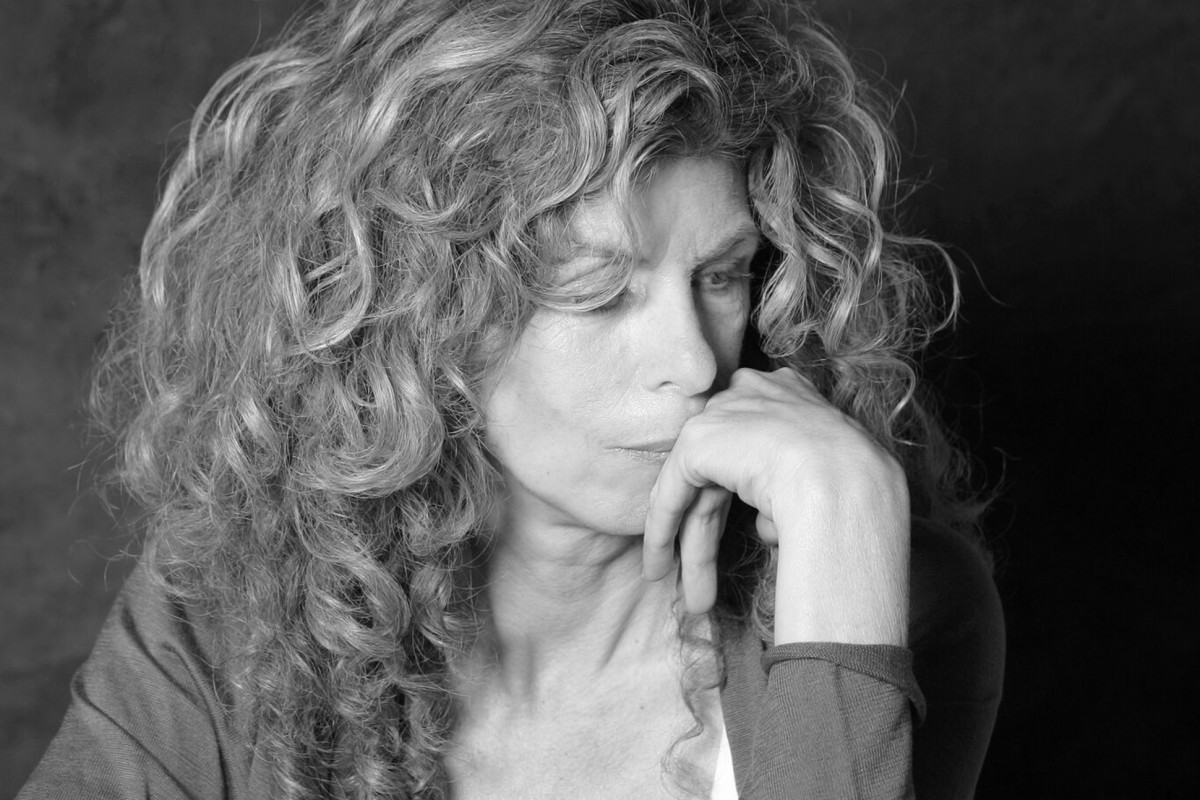Be as Much as You Can: Lunch with Poet Marie Howe
Having lunch with a poetry great like Marie Howe is surprisingly intimate and easy-going, like having a fantastic conversation with a good friend in the early hours. With a mane of loose curls and a personable manner, Howe spent more than an hour speaking with a group of students about her work, her life, and how the two inevitably intertwine. Howe was on campus in late September for Poetry at Bennington, and in addition to the lunch with students, Howe led a master class, did a public dialogue with poet Mark Wunderlich, Director of the Bennington Writing Seminars, and gave a reading in Tishman Hall.
When asked about her relatively low number of published volumes over a nearly thirty-year career, Howe said, “There are many poets who are always writing... I was embarrassed and ashamed because I am not that.” She went on to add that, “I have to wait for a sense of necessity, for everything to gather… I feel there is a lot of language in the world, and a lot of talking and it takes me a long time.”
Howe’s poems are often described as ‘confessional,’ with a deep and abiding sense of both specific personhood and an anonymity that comes from being everyone. She talked at length on the extensive religious imagery she employs throughout her newest volume Magdalene, specifically revolving around the figures of Eve and Mary Magdalene. “Mary Magdalene is a character I’ve been thinking about since I was a girl,” Howe explained. She believes strongly, she said, that extraordinary women like Magdalene are no different than the girls and women of today. As she develops the tracks of this train of thought, Howe pauses. She looks around the table of teenagers and post-teenagers picking at their lunches and says to us, “You. You are Mary. You’re Eve.”
To Howe, women like Eve and Mary Magdalene exist so strongly in part because their notable character attributes are present in the average woman. This makes them real, undying and eternal to Howe, and intensifies their holiness. Mary’s story, and its missing parts, turned into a larger part of the conversation. Howe discussed how in some Catholic texts, Mary is among the first to view the body of Christ before boarding a ship to France and living out the rest of her days as a hermit. When she dies, she ascends directly into heaven. In another version of the story, Mary sees Jesus as a gardener after his resurrection. The bereaved, Howe pointed out, often have “all these fake sightings you will see of your beloved dead.” As she put it, “I don’t see these sightings as being extreme. I see them as being life.”
As the conversation turned to the topic of the beloved dead, naturally Howe began to speak of her late bother John, whose death from the complications of AIDS prompted the writing of her 1997 poetry collection What the Living Do. Howe speaks of John lovingly, with a smile and laughter that could only be reserved for someone who is preserved through memory and poetry.
She tells us of his charm, his good luck, how he helped her to finalize the layout of her poetry submissions. We feel him in the poem which she reads for us. As she finishes, she says that after John’s diagnosis, he told her, “This is not a tragedy. I am a happy man.” What the Living Do, for Howe, is all about the mundane facets of life. It’s the broken sink, and the burst bag of groceries, and the coffee spilled down your sleeve on the street. This is where we do our living, she insists, and it's what separates us from the dead. Every occurrence, stripped of metaphor, bares the beauty and holiness that Howe endows into the every day, the filler moments that often are not considered appropriate for poetry.
Later, Howe speaks openly about the sources for her poems, and, perhaps unsurprisingly, she tells us that she borrows heavily from her own life. A scene with her niece in a Wegman’s parking lot, or her own issues with a plumber. This is the substance that our lives are made of, so why shouldn't a poem be cut from the same cloth? She disperses bits of advice for the poets in the audience, all still eating their sandwiches. She encourages us to find distance, first, when writing about things that were emotionally wrought:
“If it happened in the backyard, put yourself upstairs, in your bedroom.” There, she says, the same essence of the scene will come through, as if it is inscribed in DNA.
To another student, questioning her about how she is able to write poems about such personal and emotional subjects, Howe contemplates before answering: “It wasn’t about me.” Instead, she says, she thinks of her work, even when it is confessional, as “finding a way through, not ‘about.' About is impossible.”
We close after this question, with students getting up to grab a handful of cookies and gab a little with neighbors.
Howe has one last parting thought, which she shares with us before going over to meet a friend in the dining hall: “Our job is really to be as much as we can.”
That's the key to being Marie Howe.



